Whether you’re running a small online store or a growing enterprise, automated email campaigns can significantly increase your conversion rates, improve customer retention, and reduce manual effort.
In this ultimate guide, we’ll explore how email marketing automation can revolutionize your e-commerce business, the best practices to follow, and the tools you need to get started.
What Is Email Marketing Automation?

Email marketing automation is the process of sending targeted emails to your customers or subscribers based on specific triggers or behaviors without manual intervention. These emails can include welcome series, abandoned cart reminders, product recommendations, post-purchase follow-ups, and more.
By setting up automated workflows, you can deliver timely and personalized content to your audience, ensuring they receive the right message at the right moment.
Why Email Marketing Automation Is Crucial for E-commerce
1. Increases Revenue on Autopilot
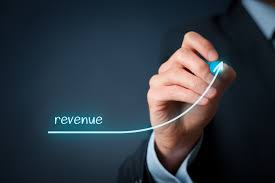
Automated emails consistently outperform manual campaigns in terms of open rates, click-throughs, and sales. With automation, you can recover abandoned carts, upsell products, and re-engage inactive customers all while you focus on running your business.
2. Enhances Customer Experience

Personalized emails improve user experience by providing relevant content based on shopping behavior. This builds trust and loyalty, leading to repeat purchases.
3. Saves Time and Resources

Once set up, automated workflows continue working without your daily attention, allowing your team to focus on strategy and growth.
4. Boosts Customer Retention
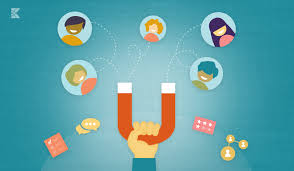
Email automation enables ongoing communication with your customers helping turn one-time buyers into long-term brand advocates.
Top Email Automation Campaigns Every E-commerce Store Needs
1. Welcome Email Series
Trigger: Customer signs up or makes their first purchase.
Goal: Introduce your brand, highlight products, offer a discount.
Tip: Keep it short, warm, and include a call to action.
2. Abandoned Cart Emails
Trigger: User adds products to cart but doesn’t complete the purchase.
Goal: Recover lost sales.
Tip: Include product images, a clear CTA, and an incentive like free shipping.
3. Post-Purchase Follow-ups
Trigger: After a customer completes a purchase.
Goal: Thank them, request a review, or suggest related products.
Tip: Add value with care tips or how-to guides.
4. Browse Abandonment Emails
Trigger: Customer browses products but takes no action.
Goal: Re-engage interest and encourage a return.
Tip: Personalize with the exact product(s) they viewed.
5. Re-engagement Campaigns
Trigger: Customer hasn’t interacted in 30+ days.
Goal: Reignite interest and keep your list clean.
Tip: Offer a time-limited discount or exclusive content.
Best Practices for Email Marketing Automation
1. Segment Your Audience
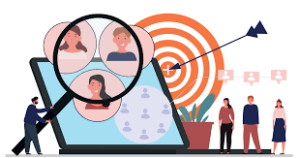
Not all subscribers are the same. Use segmentation to tailor messages based on purchase history, location, gender, or behavior. For example, send VIP promotions to your top spenders or birthday deals to loyal customers.
2. Personalize Your Emails

Emails with personalized subject lines are 26% more likely to be opened. Go beyond “Hi [First Name]” and use dynamic content to show relevant products and recommendations.
3. Optimize for Mobile
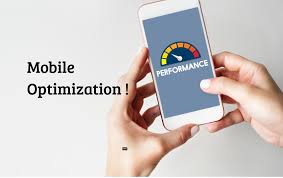
Over 60% of emails are opened on mobile devices. Use responsive design, concise content, and prominent CTAs to make sure your emails look great on all screens.
4. A/B Test Your Campaigns

Test different subject lines, send times, layouts, and CTAs to find what resonates best with your audience. Continuous testing improves open and click rates.
Top Email Marketing Automation Tools for E-commerce
1. Klaviyo
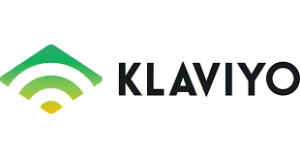
Popular among Shopify users, Klaviyo offers robust automation features, advanced segmentation, and powerful analytics.
2. Mailchimp

Great for beginners and small businesses, Mailchimp provides an easy-to-use interface and a library of pre-built templates.
3. Omnisend

Designed specifically for e-commerce, Omnisend offers automation across email, SMS, and push notifications.
4. ActiveCampaign

Best for complex automation workflows, ActiveCampaign combines CRM features with behavioral tracking.
How to Get Started with Email Marketing Automation
Choose the Right Tool: Select a platform that integrates with your e-commerce platform (e.g., Shopify, WooCommerce, BigCommerce).
Build Your Email List: Use pop-ups, lead magnets, and checkout opt-ins to collect emails ethically.
Map Out Your Customer Journey: Identify key touchpoints where automation can enhance the user experience.
Create Workflows: Start with essential campaigns (welcome, cart abandonment), then build out more complex flows over time.
Test and Optimize: Regularly review performance data and tweak your emails for maximum impact.
SEO Tips for Email Marketing Success
Email automation doesn’t directly boost SEO, but it can drive repeat traffic, improve on-site engagement, and increase conversions all of which indirectly enhance your search rankings. Here are some indirect SEO benefits:
Drive traffic to new content: Promote blog posts and product pages through email campaigns.
Encourage reviews: Use post-purchase emails to ask for customer reviews, boosting SEO-rich content on product pages.
Reduce bounce rates: Targeted traffic from email tends to engage more, reducing bounce rates.
Final Thoughts
Email marketing automation is one of the most powerful tools in your e-commerce arsenal. With the right strategy and tools, you can nurture leads, recover lost sales, boost lifetime value, and grow your brand on autopilot.
Whether you’re just getting started or looking to scale your efforts, implementing smart, behavior-driven email automation will put your store on the path to long-term success.
